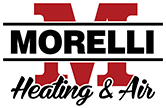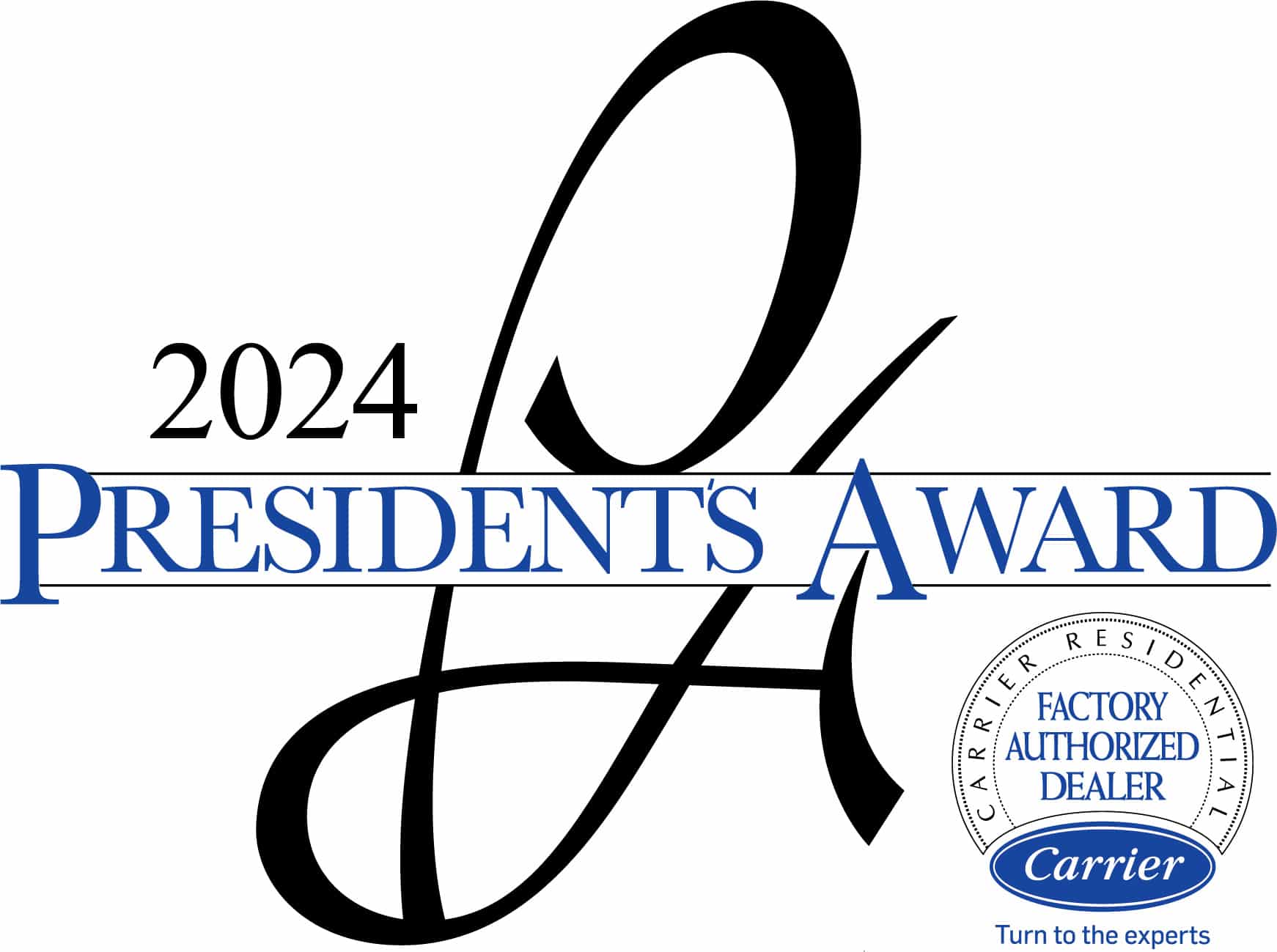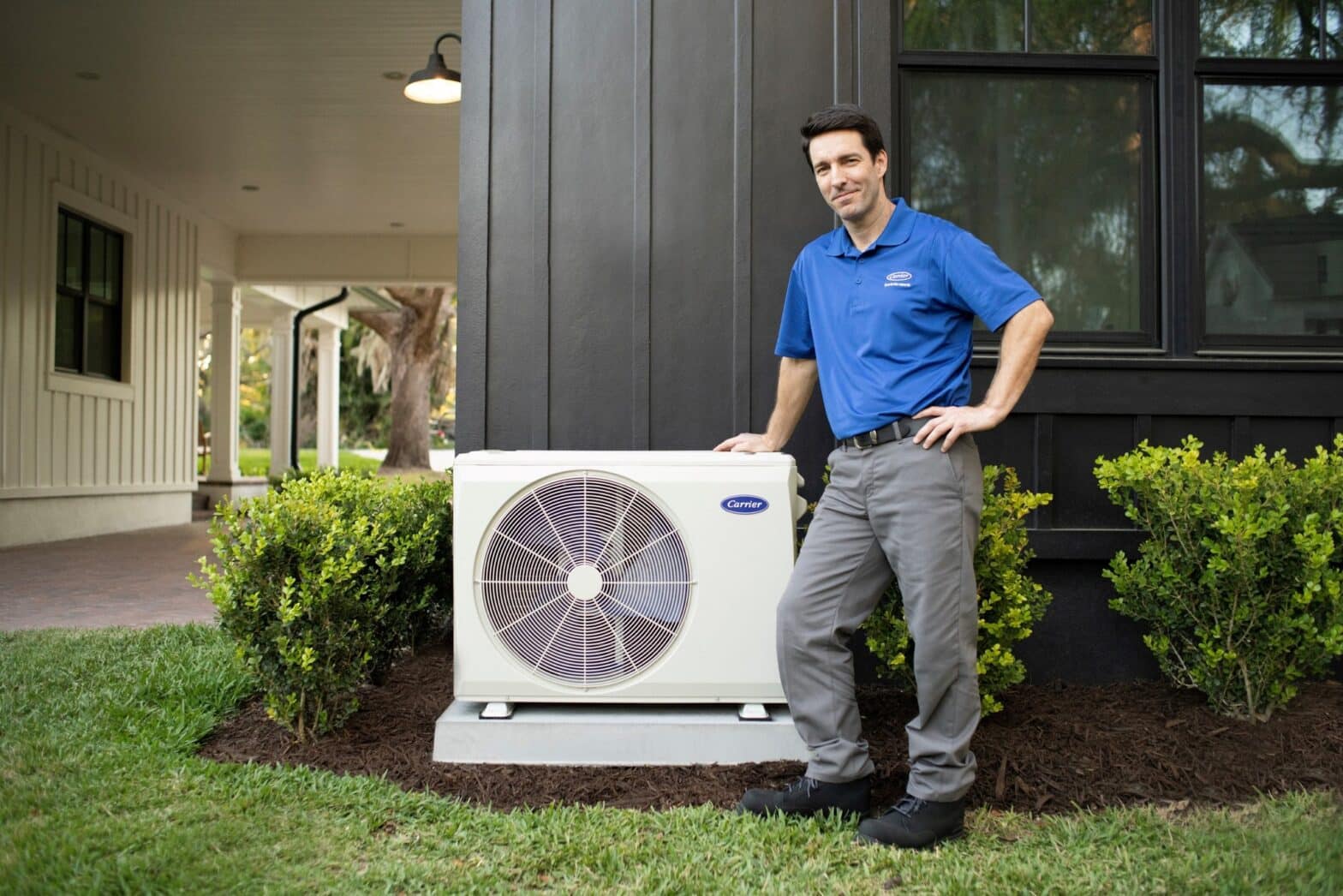Maintaining a clean HVAC (Heating, Ventilation, and Air Conditioning) system is crucial for ensuring optimal performance and indoor air quality in your home. Over time, dust, dirt, and other contaminants can accumulate within your HVAC system, leading to reduced efficiency, increased energy consumption, and potential health issues. In this guide, we’ll break down the process of cleaning different components of your HVAC system, including ducts, coils, and filters, to help you keep your system running smoothly and your home comfortable.
Cleaning HVAC Ducts:
HVAC ducts play a vital role in distributing heated or cooled air throughout your home. Over time, dust, pollen, pet dander, and other allergens can accumulate within the ductwork, reducing airflow and indoor air quality. Cleaning your HVAC ducts can improve airflow, reduce energy consumption, and alleviate allergy symptoms. Here’s how to clean your HVAC ducts:
Assess the Situation: Start by inspecting your ductwork for any visible signs of dirt, dust, or debris. Look for mold growth, pest infestations, or other issues that may require professional attention.
Gather the Necessary Tools: You’ll need a vacuum cleaner with a long hose attachment, a brush or duster, and possibly a screwdriver or other tools to access hard-to-reach areas.
Turn Off the HVAC System: Before you begin cleaning, turn off your HVAC system to prevent the circulation of dust and debris throughout your home.
Remove Vent Covers: Use a screwdriver to remove the vent covers from your ductwork. Clean the covers with a damp cloth or vacuum to remove any dust or debris.
Clean the Ducts: Use the brush or duster to dislodge any debris clinging to the walls of the ducts. Work your way through the ductwork, paying particular attention to bends, joints, and other areas where dust and debris tend to accumulate.
Vacuum Thoroughly: Insert the vacuum hose into the ductwork to remove any loosened dirt or debris. Be sure to vacuum the entire length of each duct, including the main trunk line and branch lines.
Replace Vent Covers: Once the ducts are clean, replace the vent covers and turn your HVAC system back on. Enjoy improved airflow and indoor air quality throughout your home.
Cleaning HVAC Coils:
The coils in your HVAC system play a crucial role in heat transfer and air conditioning. Over time, dirt, dust, and other debris can accumulate on the coils, reducing their efficiency and causing your system to work harder to maintain the desired temperature. Cleaning your HVAC coils can improve energy efficiency and extend the lifespan of your system. Here’s how to clean your HVAC coils:
Turn Off the Power: Before you begin cleaning your HVAC coils, turn off the power to your system to prevent accidents or damage.
Access the Coils: Depending on the layout of your HVAC system, you may need to remove access panels or covers to reach the coils. Consult your owner’s manual or contact a professional if you’re unsure how to access the coils safely.
Inspect the Coils: Take a close look at the coils to assess the level of dirt and debris buildup. If the coils are heavily soiled, you may need to use a coil cleaner or contact a professional for assistance.
Clean the Coils: Use a soft brush or vacuum cleaner to remove any loose dirt or debris from the coils. Be gentle to avoid damaging the fins or coils.
Apply Coil Cleaner: If the coils are heavily soiled, apply a coil cleaner according to the manufacturer’s instructions. Allow the cleaner to penetrate the dirt and debris for the recommended amount of time before rinsing thoroughly with water.
Rinse Thoroughly: Use a hose or sprayer to rinse the coils thoroughly with water, removing any remaining cleaner and debris. Take care not to use excessive pressure, which could damage the coils.
Allow to Dry: Allow the coils to dry completely before replacing any access panels or covers and turning the power back on to your HVAC system.
Cleaning HVAC Filters:
HVAC filters play a crucial role in trapping airborne particles and allergens, preventing them from circulating throughout your home. Over time, filters can become clogged with dirt and debris, reducing airflow and efficiency. Regularly cleaning or replacing your HVAC filters can improve indoor air quality and extend the lifespan of your system. Here’s how to clean your HVAC filters:
Locate the Filters: Most HVAC systems have filters located near the air intake or return grille. Refer to your owner’s manual or contact a professional if you’re unsure where to find your filters.
Remove the Filters: Carefully remove the filters from their housing, taking note of their size and orientation for reinstallation.
Inspect the Filters: Take a close look at the filters to assess the level of dirt and debris buildup. If the filters are heavily soiled or damaged, they may need to be replaced rather than cleaned.
Clean the Filters: If your filters are washable, rinse them thoroughly with water to remove any dirt or debris. Use a mild detergent if necessary, but avoid harsh chemicals that could damage the filter material.
Allow to Dry: Allow the filters to dry completely before reinstalling them in their housing. Avoid using the filters while they’re still wet, as this could lead to mold or mildew growth.
Reinstall the Filters: Carefully reinsert the filters into their housing, ensuring that they’re positioned correctly and securely in place.
Monitor Regularly: Check your HVAC filters regularly for signs of dirt and debris buildup, and clean or replace them as needed to maintain optimal performance.
By following these simple tips for cleaning your HVAC ducts, coils, and filters, you can improve energy efficiency, indoor air quality, and the overall performance of your HVAC system. If you’re unsure how to clean your HVAC system safely or effectively, don’t hesitate to contact Morelli Heating and Air Conditioning for assistance. A qualified HVAC technician can provide expert advice and services to keep your system running smoothly and your home comfortable year-round.









Excellent! Please Rate us 5-stars
...and leave a helpful review.
Would you recommend Morelli Heating and Air?